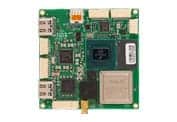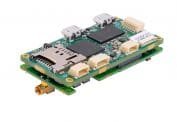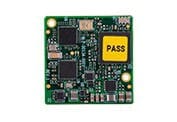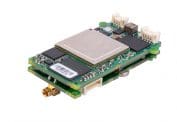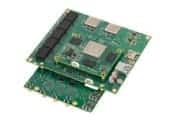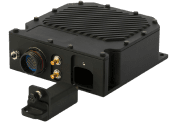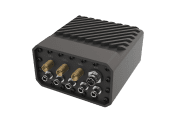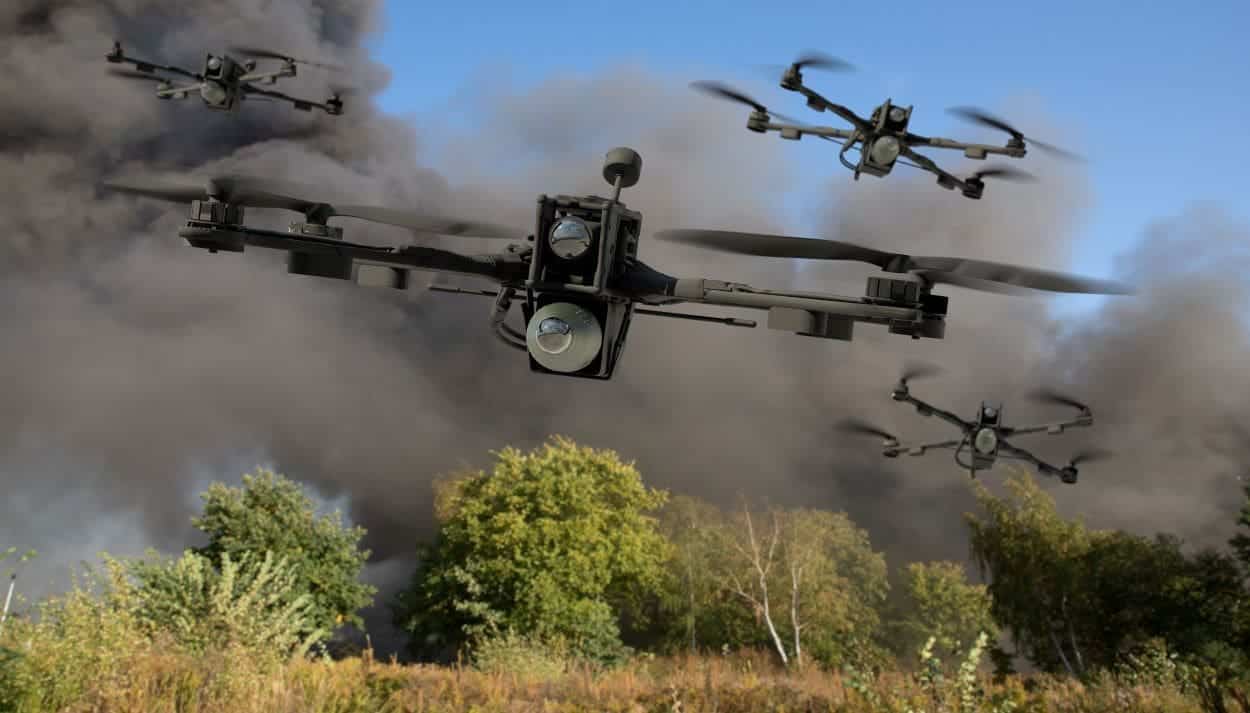Drone swarms are proving a powerful and effective tool for militaries wanting to improve visibility and control while reducing risks and casualties.
Swarms are an inherent part of nature. Wasps, bees, locusts, and birds – their swarming together an act of protection designed to protect the flock – form a mass intelligence that has long been a fundamental part of nature’s defensive strategy. This has inspired the use of autonomous clusters of drones within a ‘swarm’ designed to provide intelligence, protection and control in military operations.
The swarm intelligence market is expected to reach a value of $447.2 million by 2030, with a compound annual growth rate (CAGR) of 40.47%. That’s an impressive growth percentage, one that MarketsandMarkets believes is driven by the use of drone swarms to gather intelligence, solve big data problems, and find smart solutions to pervasive problems. The technology is also being used to revolutionize tactics, boost military capabilities, and reduce risks.
Drones are capable of assessing targets, scanning areas for safety, and providing aerial support on their own, but when they’re incorporated into a swarm, their intelligence increases exponentially, allowing for impressive gains across surveillance and combat. As a study undertaken in 2018 found, drone swarms have the potential to increase the lethality of drone attacks by as much as 50% while reducing the loss of drones to enemy fire by the same amount.
The impact of those percentages would be keenly felt by military precision and budgets.

H2: The intelligence behind the technology
Swarm intelligence is essentially the ability of drones to mimic the behaviors of animals and insects to follow a series of rules that allow for increasingly intelligent capabilities and efficiencies. In nature, the bees all know the overarching goal, and the birds all know where they are going – they work in tandem to achieve these goals. In the military, the drones are directed to a location by their operator, and then the swarm intelligence dictates how they perform the job they need to do. It’s a blend of the human and the artificial intelligence (AI) to improve decision-making and reduce the manual burden on operators as they manage multiple environments or situations simultaneously.
The different types of analytical models used to drive these swarms also play a role in their effectiveness and applications. The most common are Ant Colony Optimization (ACO), Particle Swarm Optimization (PSO), Honeybee Mating Optimization (HMO), Firefly Algorithm (FA), and Shuffled Frog Leaping Algorithm (SFLA).
These algorithms essentially keep the drone swarm hive mind on track by following three central rules: Separate, Align, and Cohere. These are the three rules outlined by Craig Reynolds, an AI expert in the 1980s, who created simulations based on swarming behaviors. Applying these rules means large groups of drones can intelligently maintain a set minimum distance from one another (separate), aim towards the same average heading at the same speed (align), and remain in position with one another so the group remains cohesive (cohere).
Intelligent attention: The evolution in innovation
The potential of drone-swarming technology hasn’t been lost on the market. Leaders that include Maris-Tech, Lockheed Martin, Boeing, vHive Tech, and Panasonic have prioritized drone swarm innovation and technology, and, according to GlobalData, there are more than 60 vendors in this sector, all focused on development and applications in this niche. Over the past few years, there have been some interesting announcements in this space that include:
- Icarus Swarms released a new product at CES in 2021 that can deploy up to 50 drones simultaneously.
- Russian Aerospace Forces – a solution developed in Kronstadt focused on drone swarms for use by the Russian military with the ability to use high-precision guided munitions.
- Escribano Mechanical & Engineering – also in 2021, this company received a contract from the Spanish Ministry of Defence to develop an autonomous drone swarm solution for Intelligence, Surveillance, Target Acquisition and Reconnaissance (ISTAR) requirements.
- Blue Bear Systems – a 20-drone swarm solution that offers multiple payload and integration capabilities.
- Paramount Advanced Technologies—In 2021, the company revealed the N-Raven system, which offered autonomous vehicles powered by swarm technologies designed to achieve a variety of mission parameters.
- Shield AI – the company revealed a new drone swarm capability they’ve called V-Bat Teams using an AI called Hivemind. It can operate autonomously in high-threat situations without needing GPS or communication instructions.
- China – the South China Morning Post announced the launch of a drone capable of splitting into multiple smaller drones to provide tactical support and swarm intelligence capabilities.
- Replicator – less a drone and more a strategy, Replicator is the US Department of Defense’s approach to create cheap drones en mass that allow for quick and immediate support in battle.
- Hive Brain – this partnership between Red Cat Holdings and Sentien Robotics is focused on scaling up the number of drones that Red Cat can launch at the same time while enhancing intelligence and capabilities.
The trends shaping drone swarm intelligence
The Commercial UAV News report released at the end of 2023 highlighted seven trends set to influence the sector throughout 2024 and beyond. The first is, of course, AI. There is no drone swarm without the intelligence of the algorithms behind it. It’s a sentiment echoed in a recent article that unpacked how AI-powered drones deliver surprising results, not just in enhancing autonomous warfare.
The second trend is counter-drone systems and planning – there’s a need to improve counter-drone investments because the technologies evolve, so does the risk. Neutralizing these intelligent targets is becoming as much a priority as creating them. Regulatory changes, ethics, and security are another core priority for companies and countries. From assessing how these drones will remain secure from external hackers attempting to gain control through to managing the ethical implications of their development, conversations need to be had as the technology evolves.
The swarming capabilities of drones also requires a focus on how to create drones at scale. They’re expensive to manufacture and costly to program so how can scale be managed to ensure efficacy and value without compromising on integrity? In the military, this is also balanced by the need to mitigate cost to country while remaining ahead of security.
In conclusion
Drone swarms have rapidly become essential in military operations. Offering the ability to revolutionize tactics, enhance capabilities, and mitigate risks, drone swarms that work together as unified teams can overpower enemies with sheer numbers and coordinated actions, acting as a force multiplier.
With a proven track record of partnering with leading organizations worldwide, Maris-Tech is at the forefront of developing AI-edge video and analytics technologies specifically for defense applications. These cutting-edge solutions are wedded with expertise and reliability, allowing companies to innovate across a broad spectrum of platforms and applications, pushing the boundaries of what’s possible with drone technology. With its AI compute and ultra-low-latency streaming solutions, Maris-Tech has the tools companies need to innovate and advance the performance and effectiveness of drone swarms in modern military operations.
Discover the trends made real with Maris Tech

